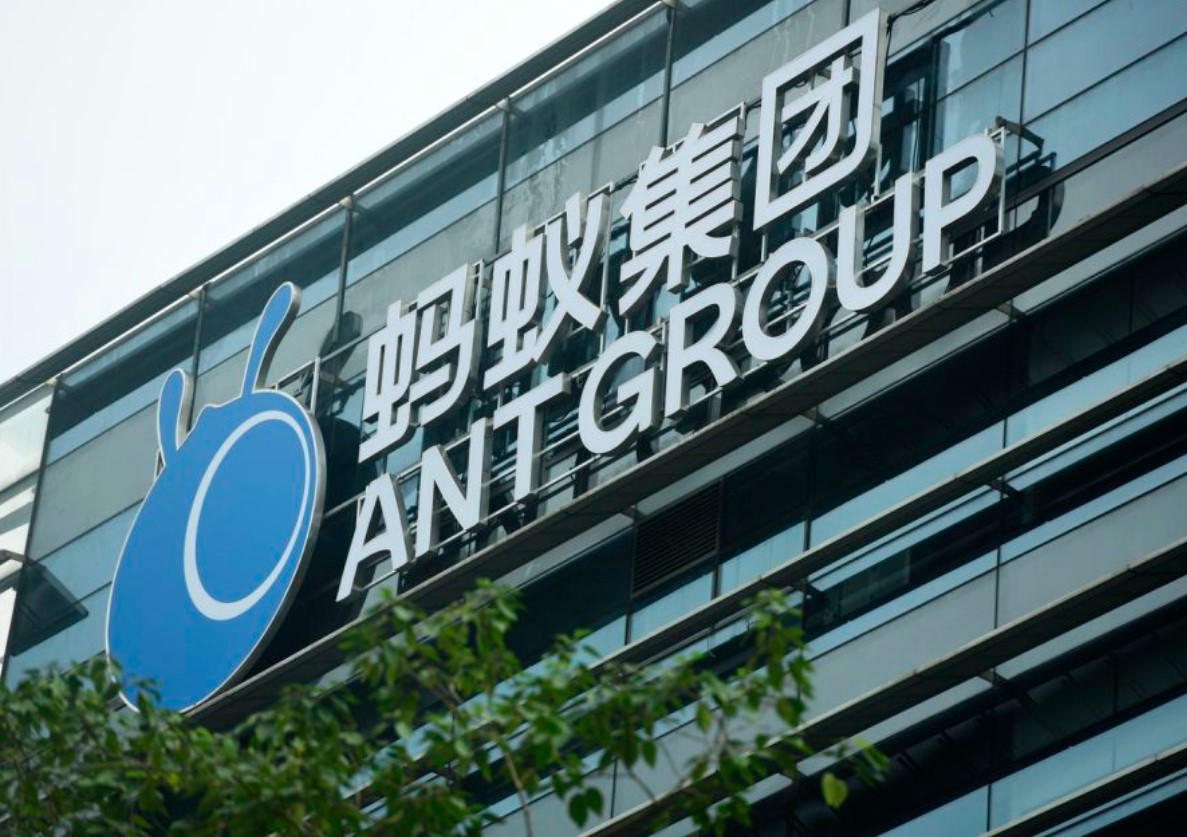Ant Group is quietly stepping back into the digital asset race with a new move that has caught the attention of global fintech watchers. The Chinese giant has filed to register the “ANTCOIN” trademark in Hong Kong, a signal that it may be laying the groundwork for a future comeback in the world of digital currencies.
Ant Group’s Strategic Push into Virtual Assets
Ant Group’s trademark filings, submitted in June to Hong Kong’s Intellectual Property Department, cover a wide range of financial services linked to blockchain, online payments, and token issuance. The move follows months of muted activity in crypto from the Alibaba affiliate, which had pulled back after Beijing’s crackdown on private digital currency ventures in 2021.
The filings include references to services such as e-wallets, foreign exchange operations, and digital token transfers, suggesting that Ant’s interests extend well beyond defensive branding. Legal analysts believe the company is mapping out the foundations for a re-entry into the digital finance space, albeit in a controlled and compliant way.
“The registration of ANTCOIN shows that Ant Group is keeping its options open,” said Joshua Chu, co-chair of the Hong Kong Web3 Association. “Even if the regulatory climate in mainland China remains strict, securing IP rights in Hong Kong allows them to stay ready for future developments.”

Regulatory Tensions Shape Ant’s Next Steps
Ant’s latest filing comes amid an uneasy environment for digital asset firms in Greater China. Earlier this month, reports indicated that Chinese regulators instructed several major tech firms, including Ant Group, to suspend any stablecoin-related activities within Hong Kong’s financial system.
This pressure has forced companies to rethink how they operate in the region. While Hong Kong has embraced Web3 innovation under its “Virtual Asset Development Policy,” mainland authorities continue to take a far more cautious stance. Ant’s trademark move shows it is trying to navigate both worlds — maintaining a foothold in the digital asset sector without violating mainland restrictions.
According to Chu, Ant’s long-term position depends on how regulators interpret its involvement in blockchain-based financial services. “They need to be seen as compliant, not rebellious,” he said. “Registering trademarks and securing intellectual property are steps that do not cross any red lines but still allow strategic flexibility.”
Blockchain Projects Show Continued Ambition
Despite its public restraint, Ant Group has remained active in blockchain innovation. The company’s Ant Digital Technologies division has quietly expanded its use of distributed ledger technology across real-world applications.
In July, Ant partnered with Circle, the issuer of USD Coin (USDC), to test cross-border payments using the stablecoin through its Alipay+ platform. The pilot allowed select users to make international transfers backed by a regulated digital dollar, positioning Ant as a bridge between traditional and blockchain finance.
Then in September, Ant Digital Technologies launched a blockchain platform to tokenize energy assets, linking more than $8 billion worth of Chinese infrastructure to on-chain networks. This project underscored Ant’s ability to deploy blockchain technology for large-scale, real-world use cases, even without touching unregulated cryptocurrencies.
These moves have kept Ant close to the digital asset ecosystem without stepping directly into the crypto trading or issuance markets that remain tightly controlled by Beijing.
Why “ANTCOIN” Matters to Ant’s Future
Trademark filings alone do not confirm a product launch, but in this case, experts say the “ANTCOIN” registration is significant. It suggests that Ant Group is preparing for the long game — one where digital tokens, stablecoins, and central bank-backed assets converge under new global financial frameworks.
For Ant, owning the ANTCOIN name gives it control over future branding, token systems, or even reward-based financial products tied to its vast digital network. This includes potential integration across Alipay, AntChain, and the company’s cross-border payment services.
Hong Kong, which has positioned itself as Asia’s Web3 hub, provides a convenient base for such strategic moves. By establishing legal and brand ownership there, Ant could eventually pivot into the city’s licensed virtual asset regime once conditions become favorable.
The “ANTCOIN” filing also aligns with a wider trend of Chinese fintech firms quietly protecting digital asset IPs abroad. Several companies, including Tencent and JD.com, have filed similar blockchain-related trademarks in Hong Kong and Singapore over the past year, signaling cautious optimism about the long-term potential of tokenized finance.
Industry Experts Read Between the Lines
Industry watchers say Ant’s cautious return reflects the maturing nature of the digital asset market. After the collapse of major crypto exchanges and the global tightening of compliance rules, large tech firms now prefer to enter through regulated channels rather than open-market token launches.
“Ant Group is moving in a very deliberate way,” said a Hong Kong-based fintech lawyer familiar with digital asset filings. “They are setting up the legal groundwork first. When the regulatory landscape becomes clearer, they will already be positioned to move fast.”
While Ant’s leadership has avoided public commentary on its crypto ambitions, insiders suggest that the group’s current focus is on blockchain-as-a-service (BaaS) platforms and regulated stablecoin use cases that enhance international settlements. These are areas where Beijing has shown some tolerance, provided there is transparency and traceability.
A Measured Comeback to Digital Finance
Ant Group’s journey from being the world’s most valuable fintech to facing one of China’s toughest regulatory crackdowns has been dramatic. Now, with ANTCOIN in the mix, the company appears ready to test the waters of innovation once more — this time with sharper legal awareness and a stronger focus on compliance.
The return of Ant to digital assets, even cautiously, could reshape how Asia approaches the integration of fintech and blockchain in mainstream finance. Its influence on payment systems, cross-border settlements, and tokenized economies could open new doors for regional financial collaboration.
Ant’s latest steps may be slow, but they carry weight. The company that once redefined mobile payments might now help shape the next generation of digital money.
As the story unfolds, the question remains — is ANTCOIN a defensive trademark or a quiet spark for Ant’s next big financial evolution?
What do you think about Ant Group’s move toward digital assets? Share your thoughts with your friends and join the discussion online.



















